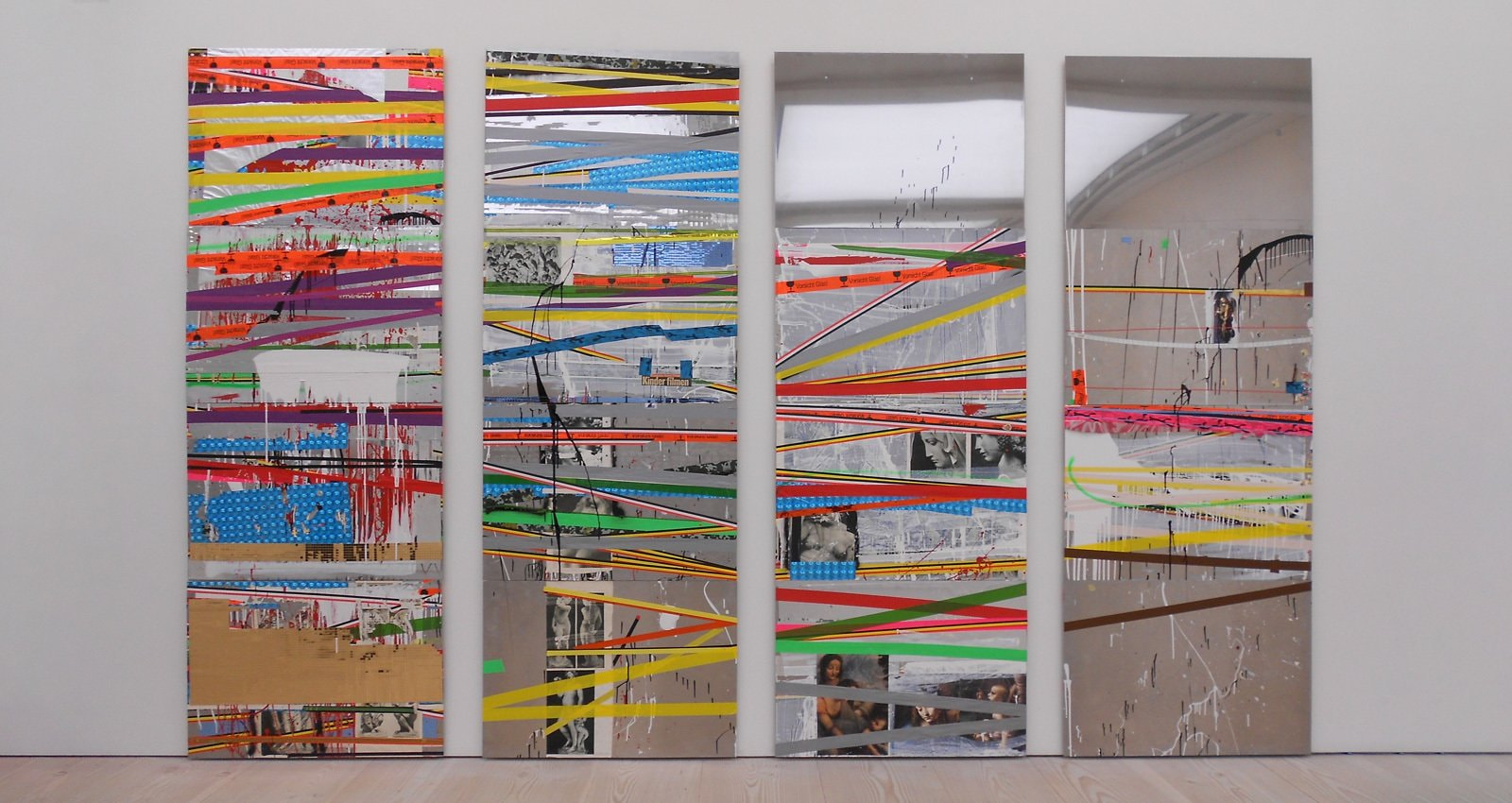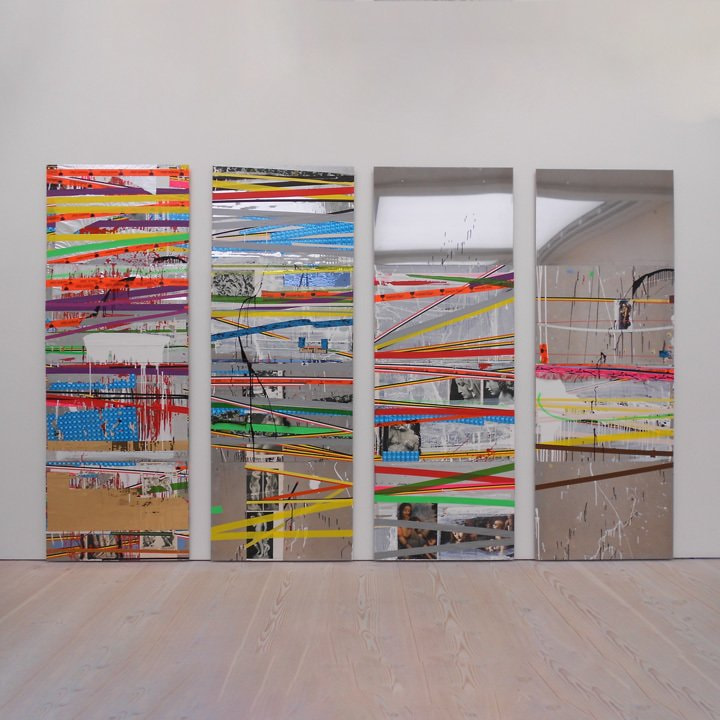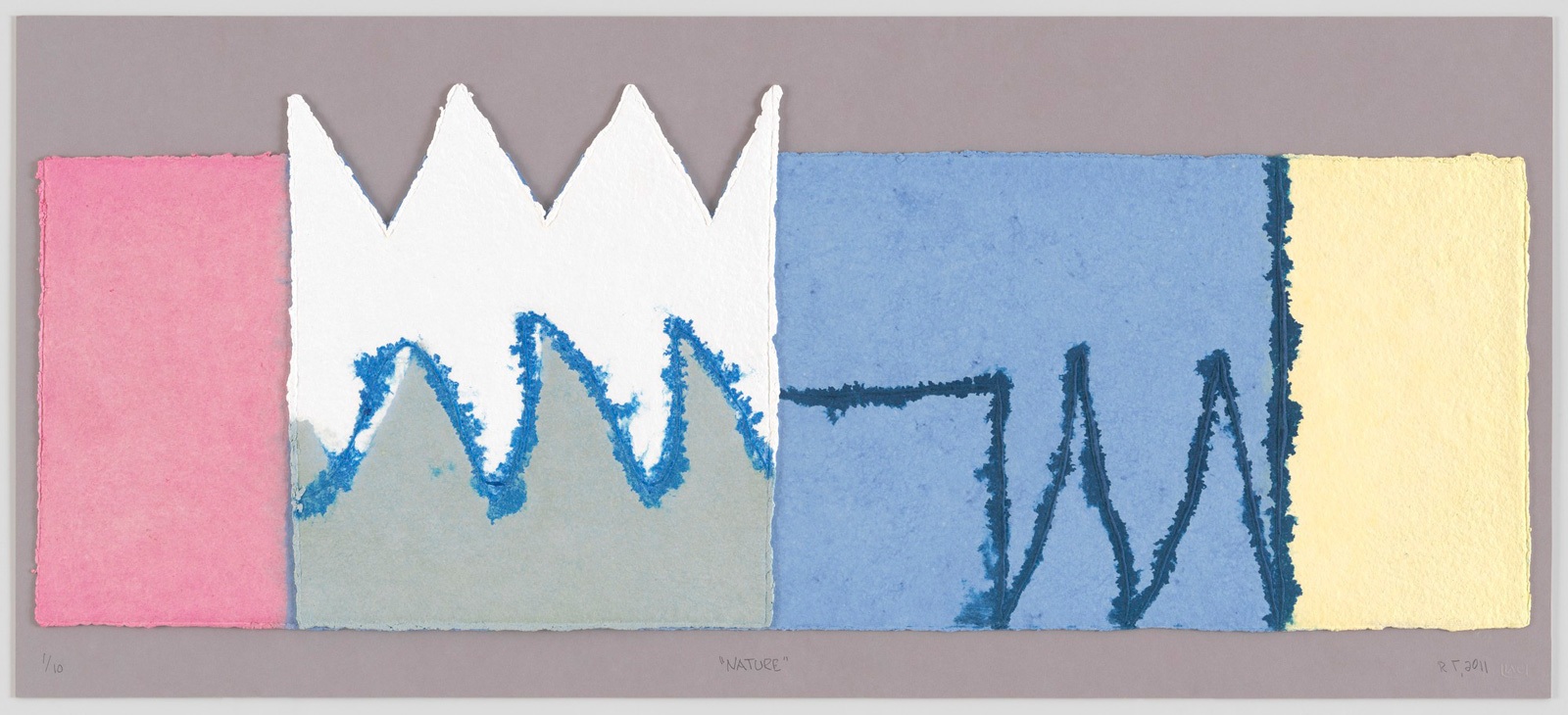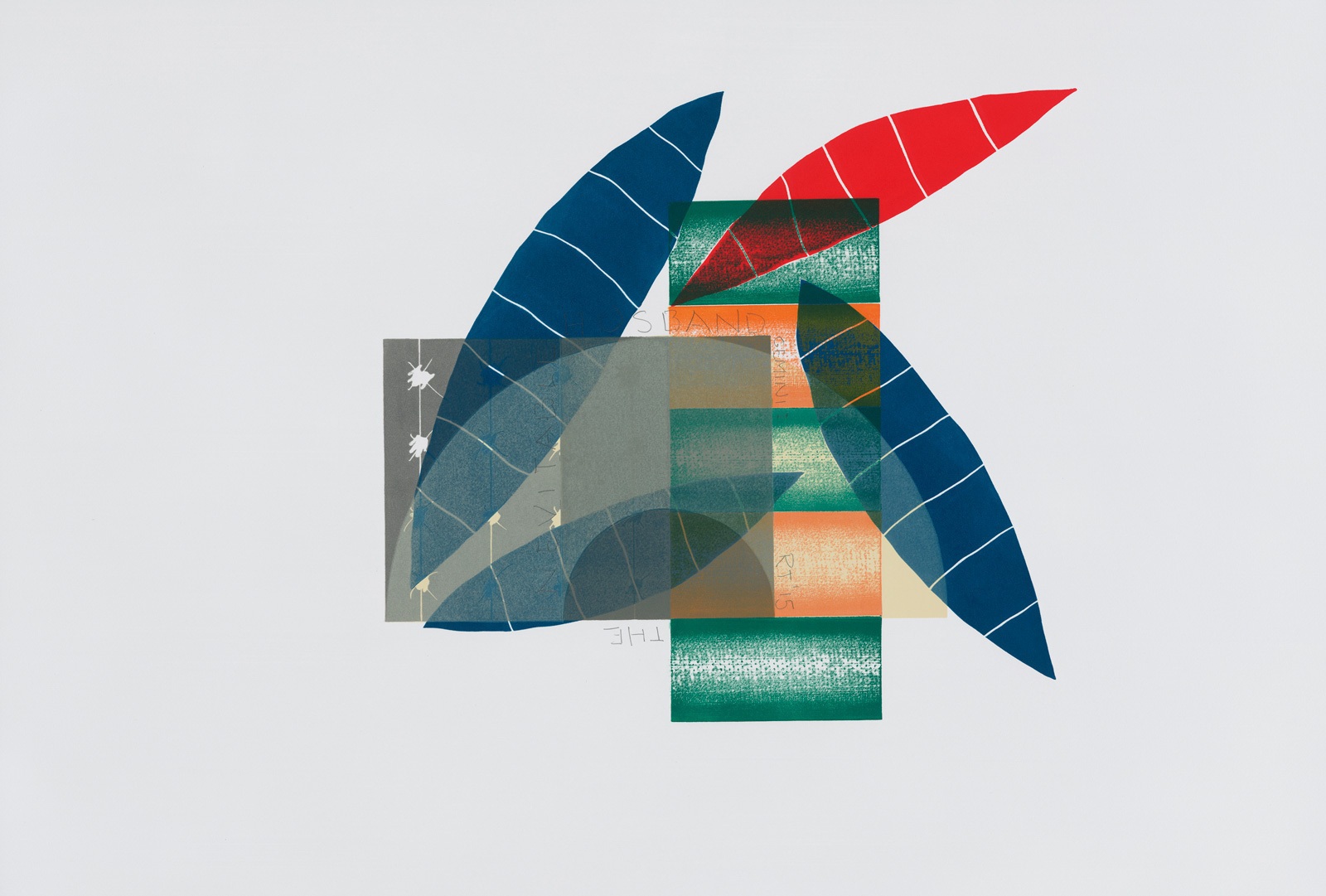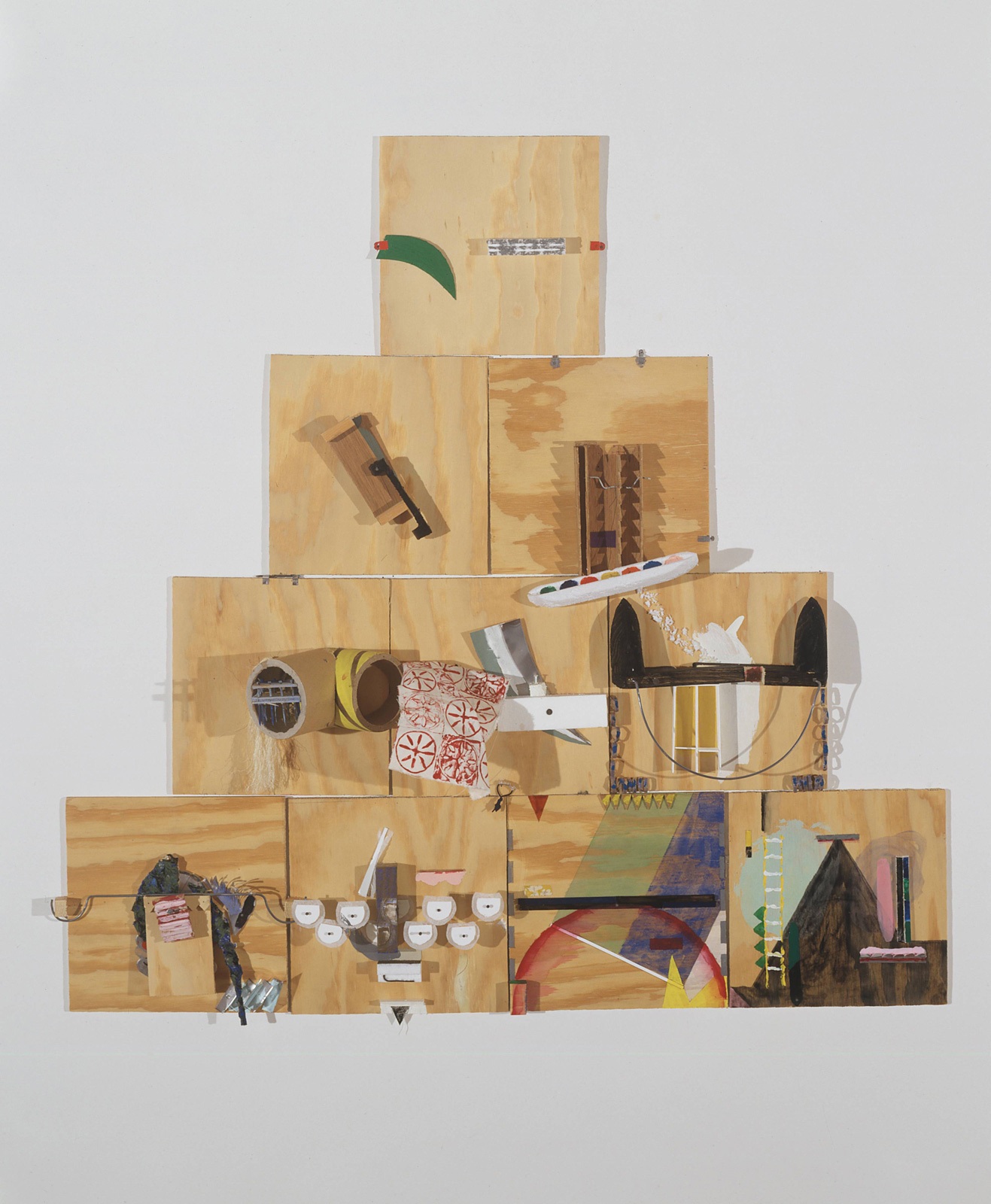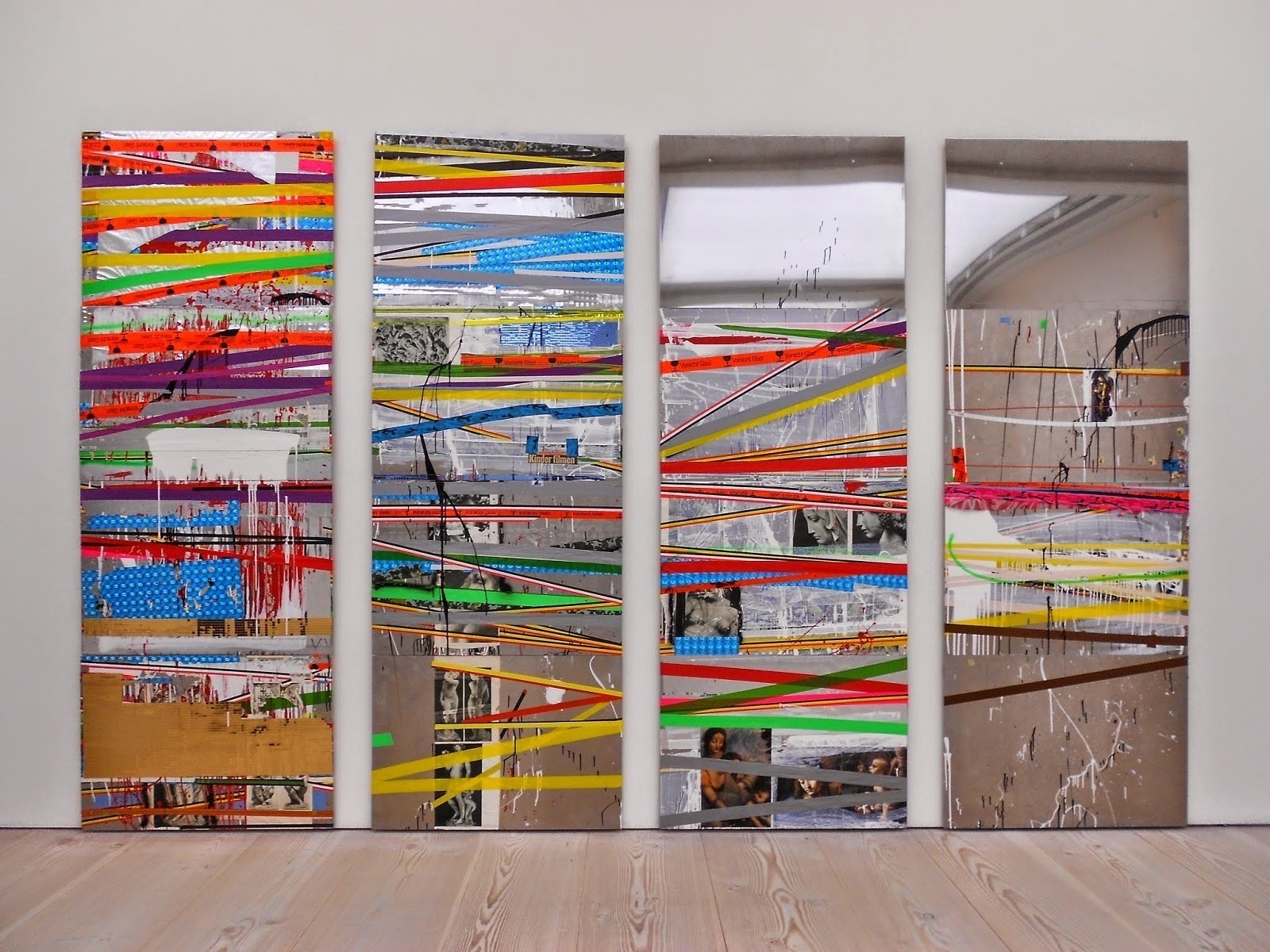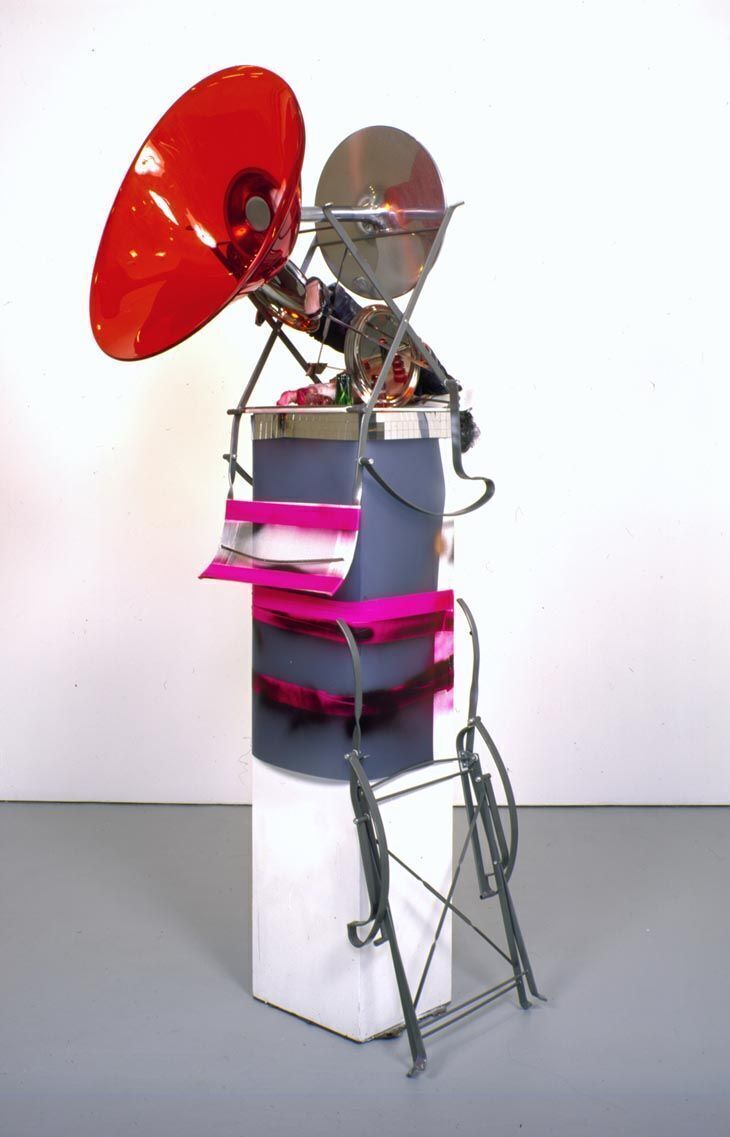Irina Kulik reveals what Richard Tuttle and Iza Genzken’s practices have in common, and discusses the artists’ links to the legacy of modernism.
Richard Tuttle (b. 1941) is an American artist who makes drawings, watercolors, reliefs, graphic and painterly series, most of which can be defined by miniature scale, fine details and postminimalist visual representation. Having exhibited since the mid-1960s, Tuttle has participated in three Venice Biennales (1976, 1997, 2001) and as many Documentas (1972, 1977, 1987), while his first personal survey was organized by the Whitney Museum of American Art in 1975. Commissioned by Tate Modern in 2014, Tuttle created one of his rare monumental works, the fabric sculptural piece I Don’t Know. The Weave of Textile Language, which was installed in the Turbine Hall. He lives and works in New Mexico and various parts of the United States.
Iza Genzken (b. 1948) is a German artist best known for architectural sculptures, assemblages, and installations. She commonly uses non-classical materials in her practice, including plaster, synthetic fabrics, glass, and cement. More recently, she has started using found objects and everyday or personal things, while also using images from popular culture. Along with three-dimensional works, Genzken produces videos and films, photography, paintings, drawings, collage books, and has even released a music record. One of the most critically acclaimed artists of her generation, she represented Germany at the 52nd Venice Biennale (2007) and took part in Documenta 11 (2002). She lives and works in Berlin.
